30 pages • 1 hour read
Ernest HemingwayIndian Camp
Fiction | Short Story | Adult | Published in 1924A modern alternative to SparkNotes and CliffsNotes, SuperSummary offers high-quality Study Guides with detailed chapter summaries and analysis of major themes, characters, and more.
Background
Authorial Context: Ernest Hemingway
One of the High Modernists, Ernest Hemingway was born in Oak Park, Illinois, in 1899. “Indian Camp” draws on Hemingway’s childhood experiences visiting Northern Michigan. Hemingway’s father was also a physician, which might have informed some of the story’s medical details. Throughout his life, Hemingway worked as a reporter, covering several wars, including the Spanish Civil War. He was one of many expatriate artists living in Paris, and he later lived in Cuba, Florida, and Idaho.
A leader in the Modernist movement, Hemingway collaborated with writers such as Ford Madox Ford (who first published “Indian Camp” in his literary magazine), Gertrude Stein, and F. Scott Fitzgerald. As a Modernist, Hemingway broke stylistic conventions and experimented with language. He is most well-known for his signature writing style, which consists of short, direct sentences and straightforward dialogue. This led to his “iceberg theory” of writing, alluding to the fact that only a small portion of an iceberg is visible above water, its great mass concealed beneath the surface. As he explained in Death in the Afternoon, Hemingway believed that a writer who “knows enough of what he is writing about” can “omit things that he knows” and yet, the reader will “have a feeling of those things as though the writer had stated them” (Hemingway, Ernest.
Related Titles
By Ernest Hemingway

A Clean, Well-Lighted Place
Ernest Hemingway

Across the River and into the Trees
Ernest Hemingway

A Day's Wait
Ernest Hemingway

A Farewell to Arms
Ernest Hemingway
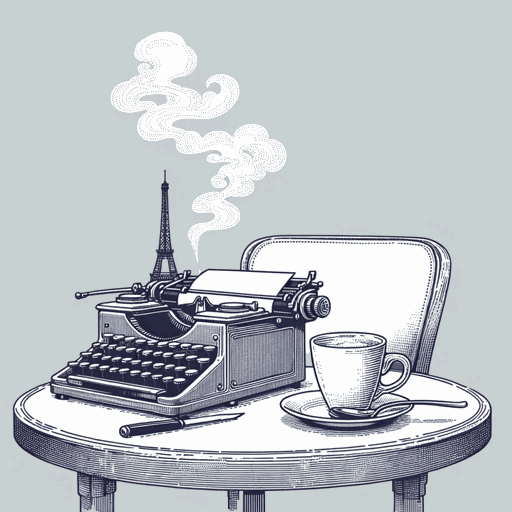
A Moveable Feast
Ernest Hemingway

A Very Short Story
Ernest Hemingway
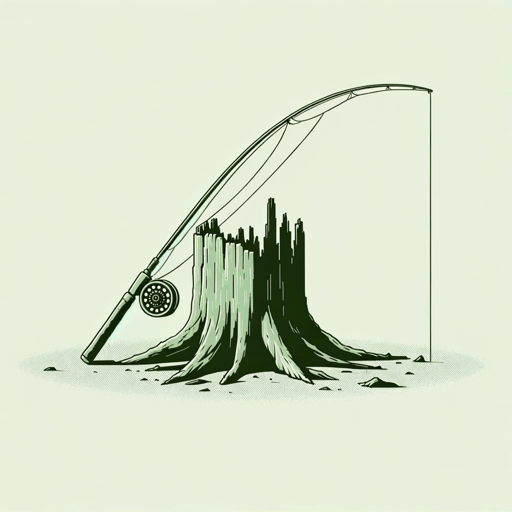
Big Two-Hearted River
Ernest Hemingway

Cat in the Rain
Ernest Hemingway

For Whom the Bell Tolls
Ernest Hemingway

Green Hills of Africa
Ernest Hemingway

Hills Like White Elephants
Ernest Hemingway
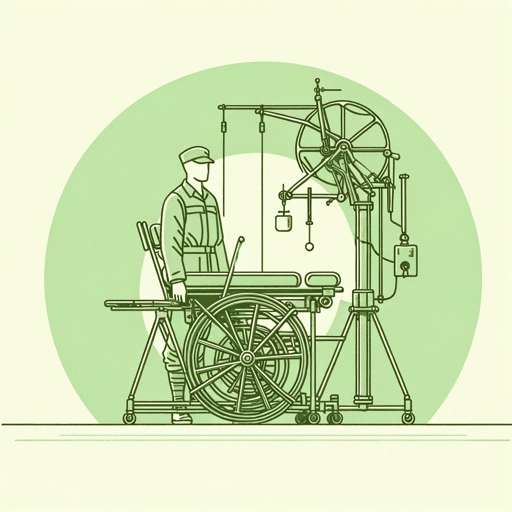
In Another Country
Ernest Hemingway

In Our Time
Ernest Hemingway
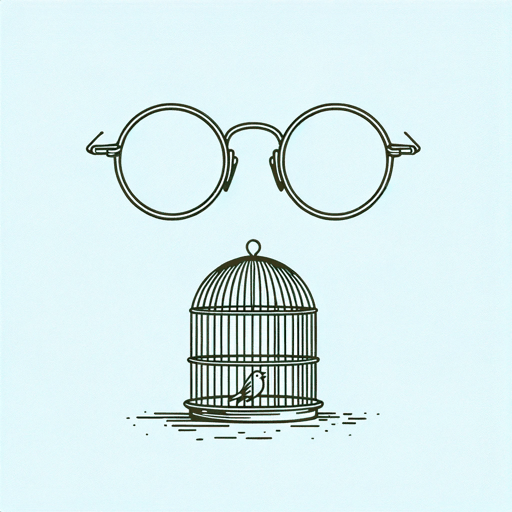
Old Man at the Bridge
Ernest Hemingway
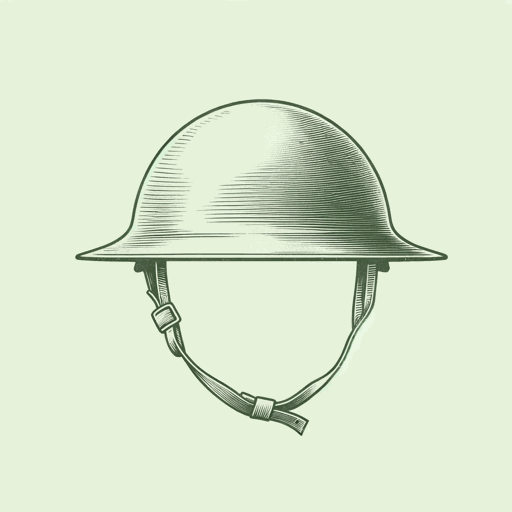
Soldier's Home
Ernest Hemingway

Solider's Home
Ernest Hemingway

Ten Indians
Ernest Hemingway

The Garden of Eden
Ernest Hemingway

The Killers
Ernest Hemingway

The Nick Adams Stories
Ernest Hemingway

